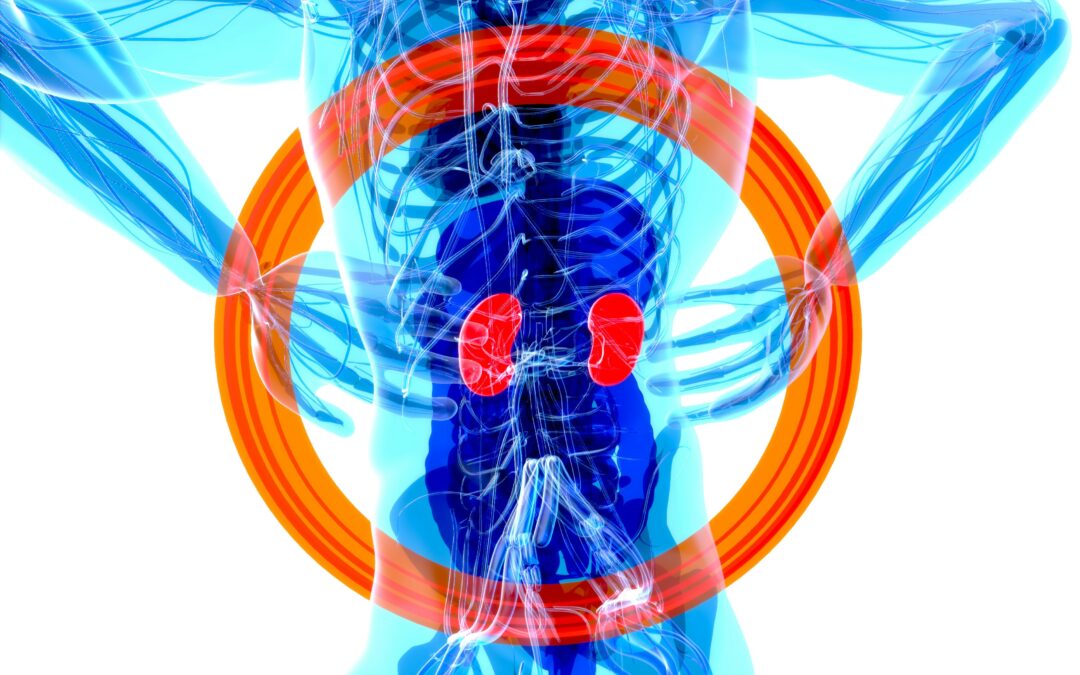Despite its rusty colour, urine is revealingly rust-free.

Prof. Mumblebard claims: “A main function of the human kidney is to excrete toxic substances including any excesses of heavy metals absorbed into the body. However, in the case of iron, urinary excretion can be too slow because haemoglobin – which contains most of the body’s iron – is packed into red blood cells that are far too large to pass through the membrane separating the blood from the tubules of the kidney. Because iron is contained in protein molecular complexes, bleeding is sometimes required to treat patients suffering from excess iron in their tissues.”
Robin and the Honey Badger respond: “Iron is in a different category from all the other metallic elements in the human body in that its excretion via the kidney is negligible. This strict barring of iron from the renal tubules is anomalous because various iron-containing molecules in the blood plasma are known – at least in other mammals – to penetrate the renal filter. Despite the potential permeability of the kidney to iron, the chemistry of urine shows that all ionic and molecular forms of iron are blocked, either by chemical discrimination at the renal filter or by prompt retrieval into the blood of any iron that does pass into the renal tubules. The significance of the particular prohibition of iron is that it divulges the real dedication of the kidney: not excretion but instead the precarious balancing of ionic charges across the chemical spectrum throughout the circulatory system. To achieve such balancing – which includes optimising the full regime of oxidant, anti-oxidant, and acid-base reactions in all organs of the body – the kidney excludes both oxygen and iron. Oxygen has such an affinity for electrons that it can unravel organic molecules, and the ferrous form of iron – which would prevail under the anoxic conditions in the renal tubules if iron were to enter the kidney – is also a dangerous ‘free radical’ in its own right. What distinguishes iron from other metals is that it is inherently so unstable and reactive that its prevalence in the blood must be balanced by its minimisation in the renal filtrate. The overall effect of the exclusion of both oxygen and iron from the renal tubules is that the positive and negative charges – at scales from electron and proton to extremely complex ions – can be equilibrated and ‘free radical’ activity can continually be optimised throughout the human body.”

Please join us here at the Bio-edge with your own comments. In the discussion below we encourage links to any evidence supporting either Prof. Mumblebard or Robin and the Honey Badger. Illustrations are welcome but please cite all sources or we may be forced under copyright to delete your comment.
***
Featured image: Kidneys in the body by Julien Tromeur on Unsplash

